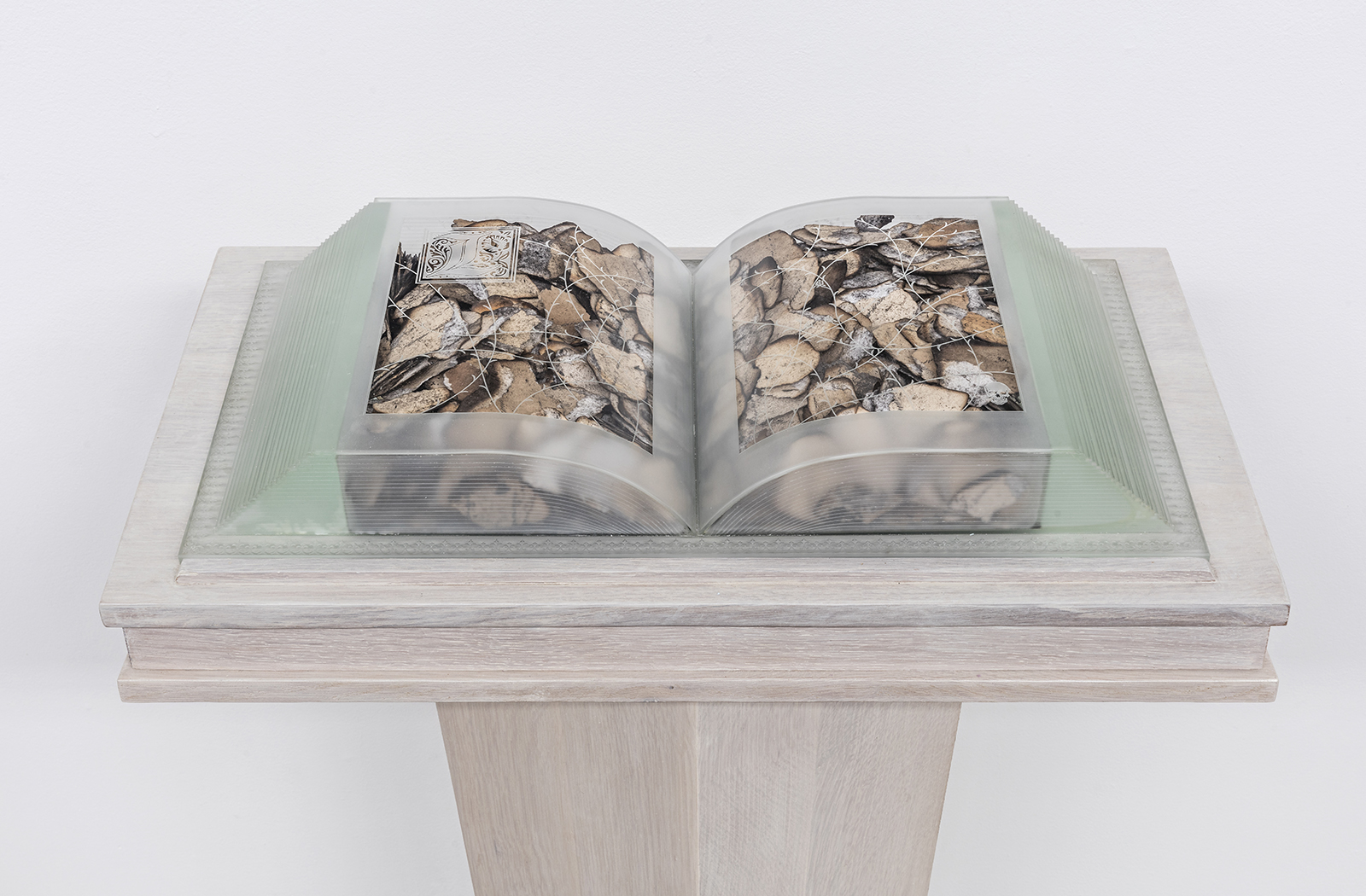2022
Tim Whiten born 1941 in Inkster, Michigan…

Tim Whiten born 1941 in Inkster, Michigan…
Whiten reveals the physical and transcendent tracings that humans make on the world in his investigations, aiming to draw attention to the varied states of being and consciousness associated with the experiences of the everyday.
For more than fifty years, Tim Whiten has been creating personal and evocative works rooted in systems of thought that unite the spiritual, emotional, intellectual, and physical realms. He has pursued a creative practice—one that includes gestural drawings, sculptures, performances, and installations—that is rooted in a deep understanding of world mythology, ceremonial objects, and alchemical principals, as well as legacies of ritualized behaviours passed down through his African and European ancestral lines. Whiten reveals the physical and transcendent tracings that humans make on the world in his investigations, aiming to draw attention to the varied states of being and consciousness associated with the experiences of the everyday. Always, his profound spiritual investigations manifest in ways that are both spellbinding, and impeccably produced.
Whiten’s purpose is singular. Yet, his work evades easy categorization. He inspired generations of artists through his long teaching career. After completing military service in the US Army, Whiten moved to Toronto in 1968 to teach at York University, becoming a founding member of the institution’s Department of Visual Arts. Still, he himself resists the label of ‘artist,’ identifying instead as a maker of cultural objects and images. Whiten’s works made with human skulls stand as astonishing examples of objects that carry an otherworldly aura that moves them beyond any simple categorization as art. Ark (1974–76), for example, composed of fifty human skulls in a wicker trunk, uses the language of a found object practice, but in Whiten’s hands, the skulls, fragile yet formidable, imply a gathering of bodies and minds, as well as the persistence of a collective consciousness that remains even after the physical has passed. Whiten has worked with other evocative materials, such as wood, stone, leather, and hair, and since the 1980s, glass has been central to his practice. In Book of Light: Containing Poetry from the Heart of God (2015–2016), a large glass volume rests atop a weighty wooden stand, but all is lightened, somehow, through the transparency, translucence, and apparent transmutability of the glass, which seems to arouse a sense of concord between the physical and metaphysical.
Those who attended the reopening of the Frank Gehry-transformed Art Gallery of Ontario in 2008 will remember Elysium, an installation that Whiten created in response to the powerful energy of the site he was asked to animate, an architectural nexus where Inuit, African, Oceanic and European cultural expression met. Elysium intersperses skulls—embellished with glass eyes, talc, graphite and chewing gum—with towering walking sticks made from umbrellas and canes extended with lilac branches. In front of these is an altar of sorts, made from low, wooden tables flanking a stack of carpets—carpets that conjure both the physicality of the ground and the metaphysics of prayer. Whiten once described this installation as a series of “elements that create a relationship of energies from past to present, from historic to modern understandings, from the mythic to contemporary notions of life.” With this portrayal, he provides the most astute of summaries of the fundamental creative purpose of all his work.
Michelle Jacques
Catherine Crowston
Max Dean
Michelle Jacques
Stephan Jost
Gerald McMaster

Book of Light, Containing Poetry from the Heart of God, 2015–2019. Photo by Toni Hafkenshield
All images courtesy the artist and Olga Korper Gallery.
The information is current to the date when the artist received the Prize; for current information, please see the artist’s and/or gallery’s website.